Cardiovascular Disease and the Circulatory System
Cardiovascular Disease and the Circulatory System

Circulatory System
The circulatory system comprises the heart and blood vessels, which include arteries, veins, and capillaries. Its primary function is to transport blood throughout the body, delivering oxygen and nutrients to tissues and removing waste products. Key components of the circulatory system include:
- Heart: A muscular organ responsible for pumping blood throughout the body.
- Arteries: Blood vessels that carry blood away from the heart.
- External & Internal Carotid Artery: Supply blood to the head and neck.
- Common Carotid Artery: Splits into the external and internal carotid arteries.
- Brachiocephalic Artery: Supplies blood to the right arm, head, and neck.
- Subclavian Artery: Supplies blood to the arms.
- Axillary Artery: Continuation of the subclavian artery supplies blood to the upper limb.
- Subclavian Vein: Drains blood from the upper limbs back to the heart.
- Axillary Vein: Drains blood from the upper limb to the heart.
- Cephalic Vein: A superficial vein of the arm.
- Brachial Artery: Major blood vessel of the upper arm.
- Brachial Vein: Accompanies the brachial artery.
- Basilic Vein: Large vein of the upper arm.
- Radial Artery: Supplies blood to the forearm and hand.
- Ulnar Artery: Supplies blood to the forearm and hand.
- Median Cubital Vein: Connects the basilic and cephalic veins at the elbow.
- Abdominal Aorta: Main artery in the abdominal cavity.
- Renal Artery: Supplies blood to the kidneys.
- Renal Vein: Drains blood from the kidneys.
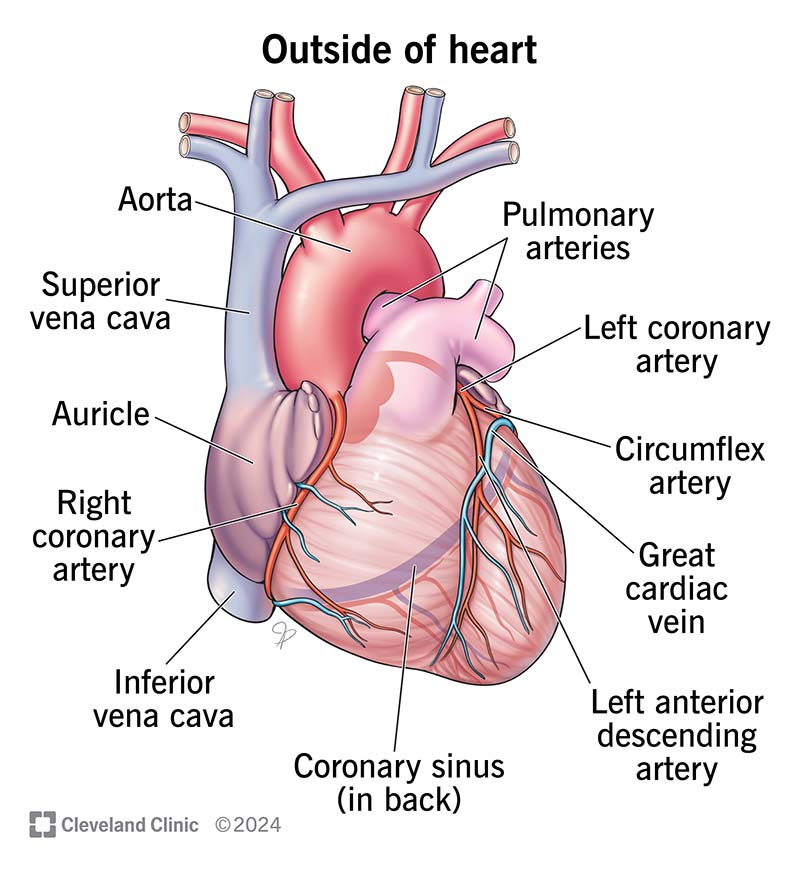
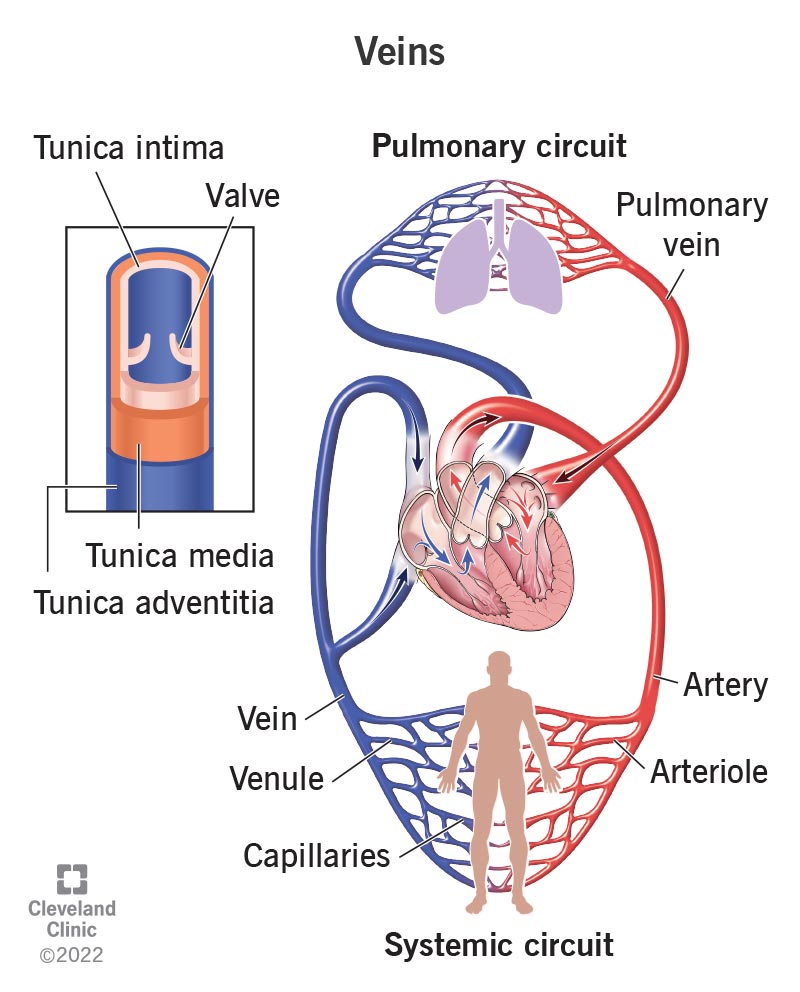


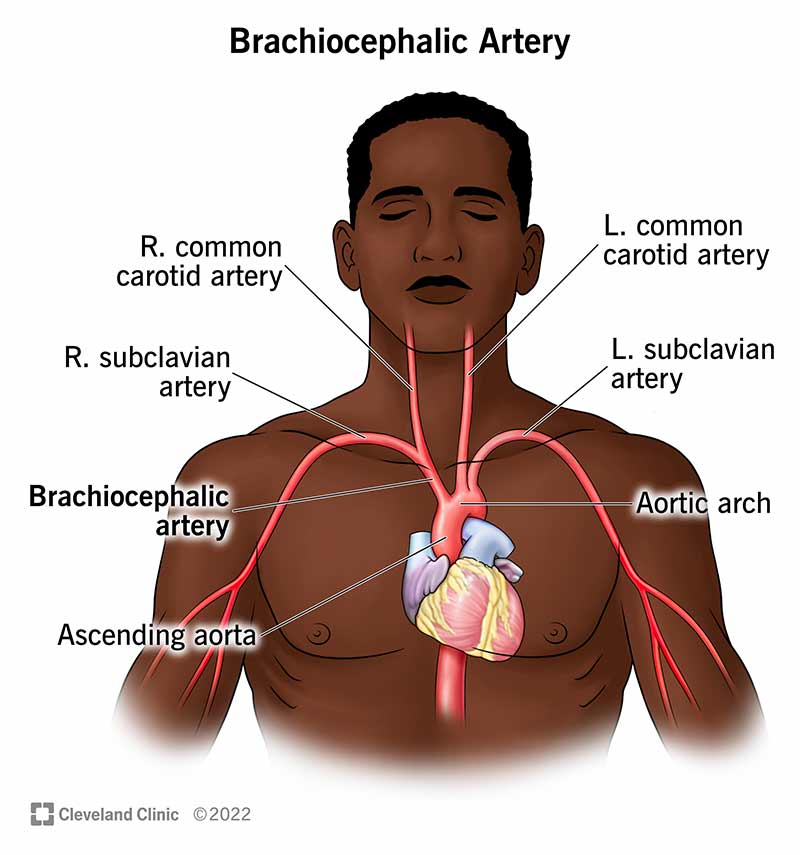
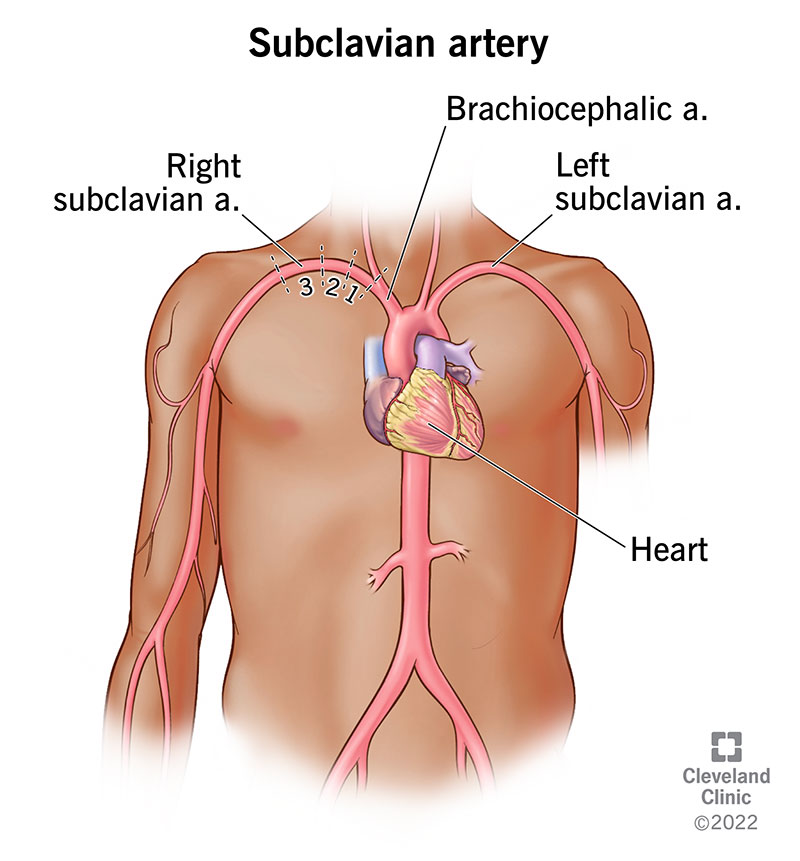
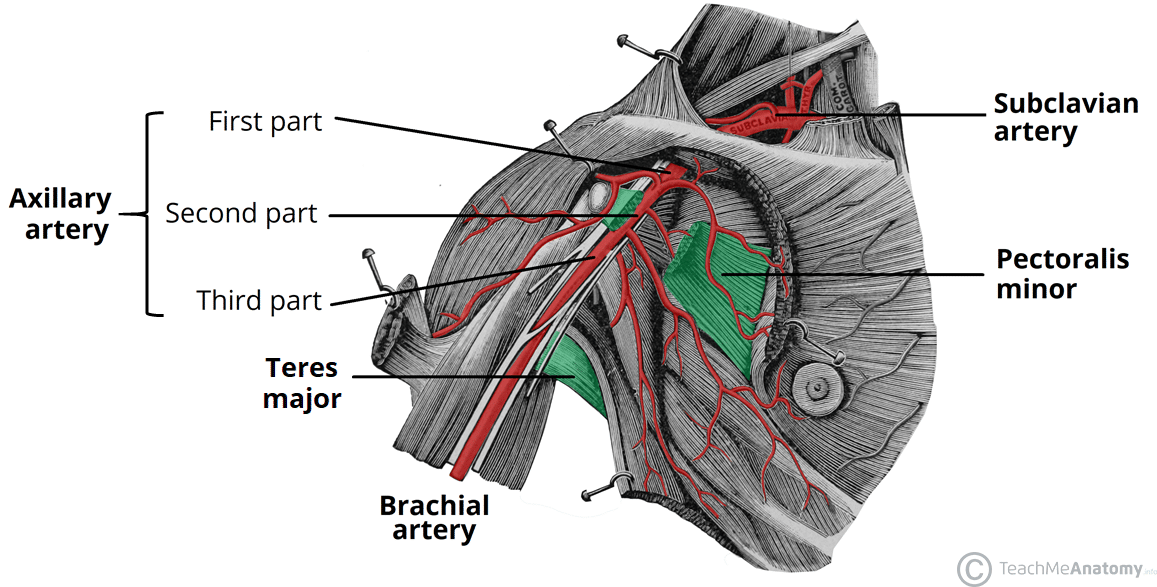
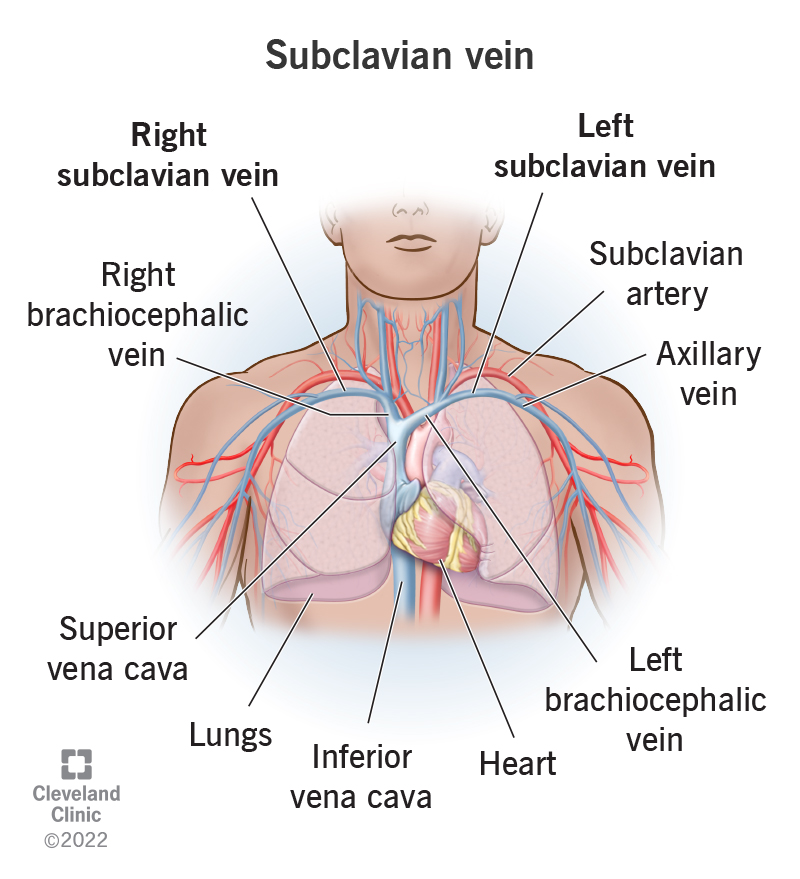
:background_color(FFFFFF):format(jpeg)/images/library/13728/ERvO3vpJ54yztFfsrzJ5Ng_V._axillaris_02.png)


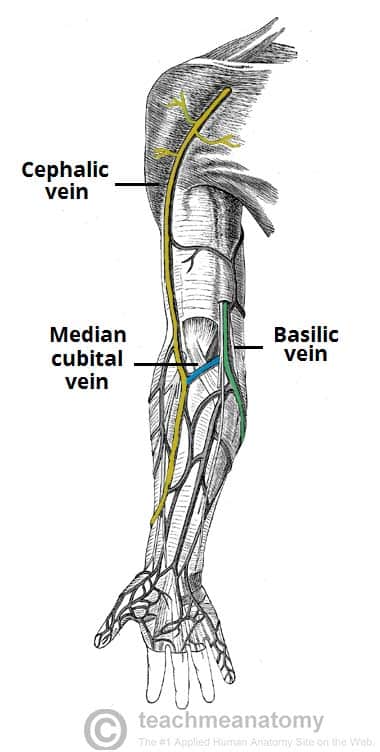
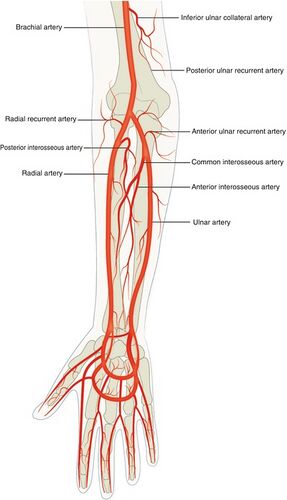

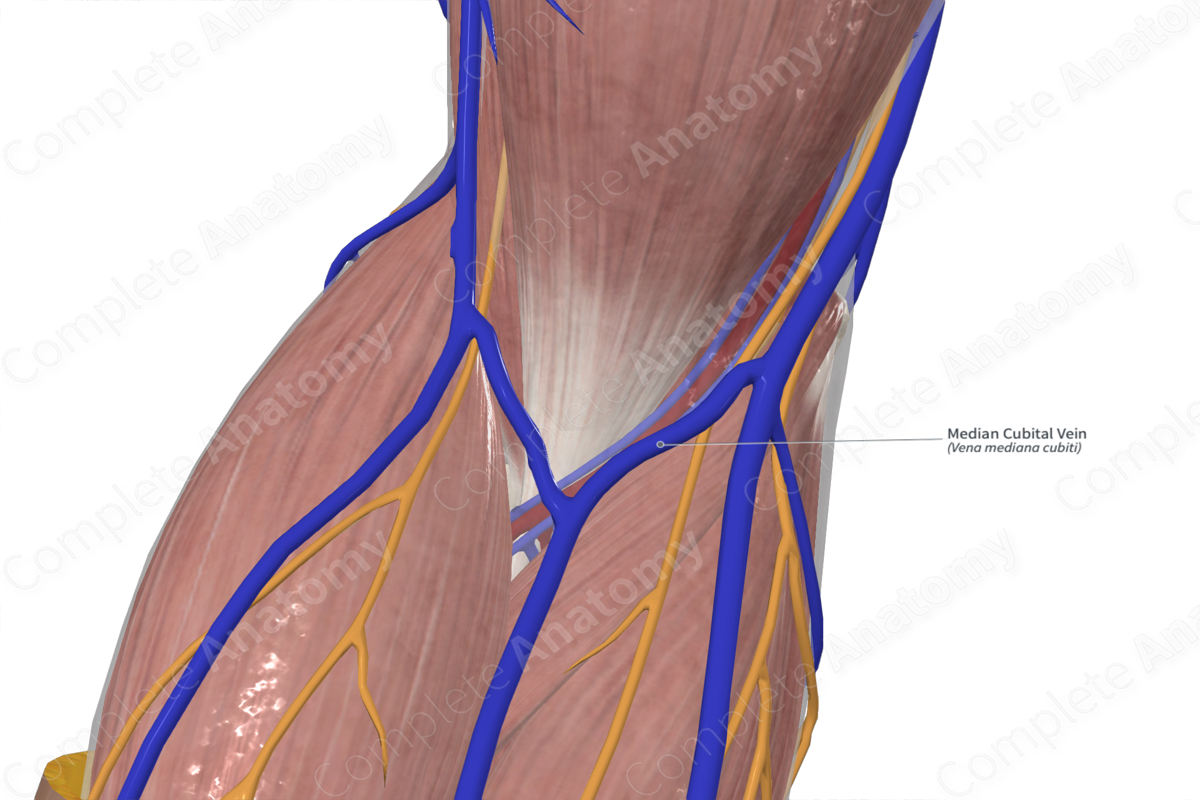
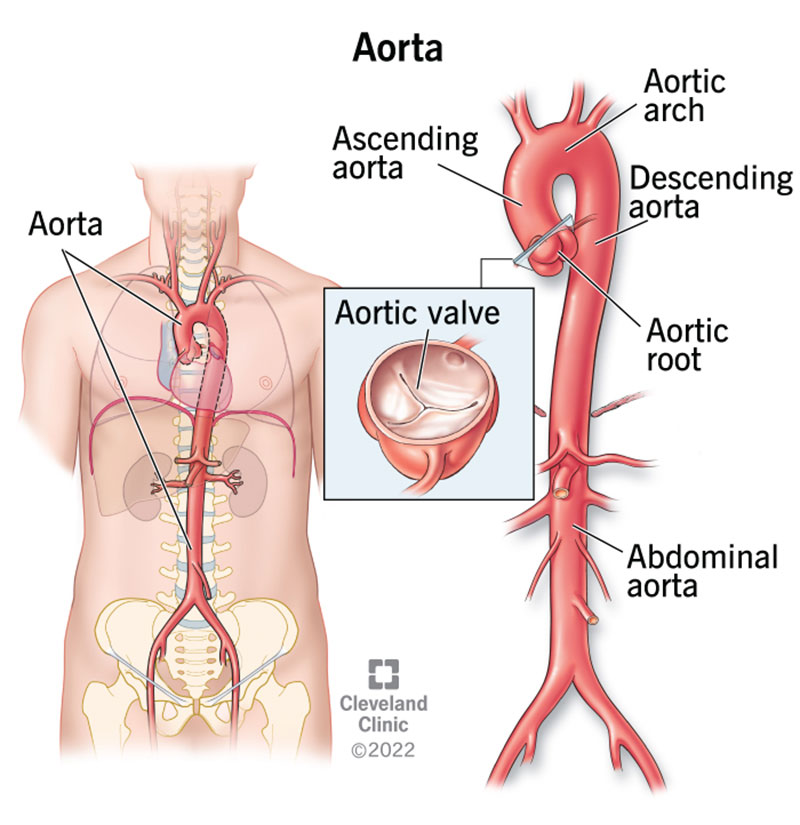
:background_color(FFFFFF):format(jpeg)/images/library/13416/FOeVr23NuDwtQjfviGJ6mw_Renal_Artery_01.png)

- Common Iliac Artery and Vein: Supply and drain the pelvis and lower limbs.
- Internal Iliac Artery and Vein: Supply and drain the pelvic organs.
- External Iliac Artery and Vein: Continue from the common iliac vessels and supply blood to and drain the lower limbs.
- Femoral Artery and Vein: Supply blood to and drain the thigh.
- Deep Femoral Artery: Branch of the femoral artery that supplies blood to the deeper structures of the thigh.
- Popliteal Artery and Vein: Supply blood to and drain the knee and leg.
- Peroneal Artery and Vein: Supply blood to and drain the lateral compartment of the leg.
- Posterior Tibial Artery: Supplies blood to the posterior leg and foot compartment.
- Anterior Tibial Artery: Supplies blood to the anterior compartment of the leg.
- Great Saphenous Vein: Longest vein in the body, running along the length of the leg.


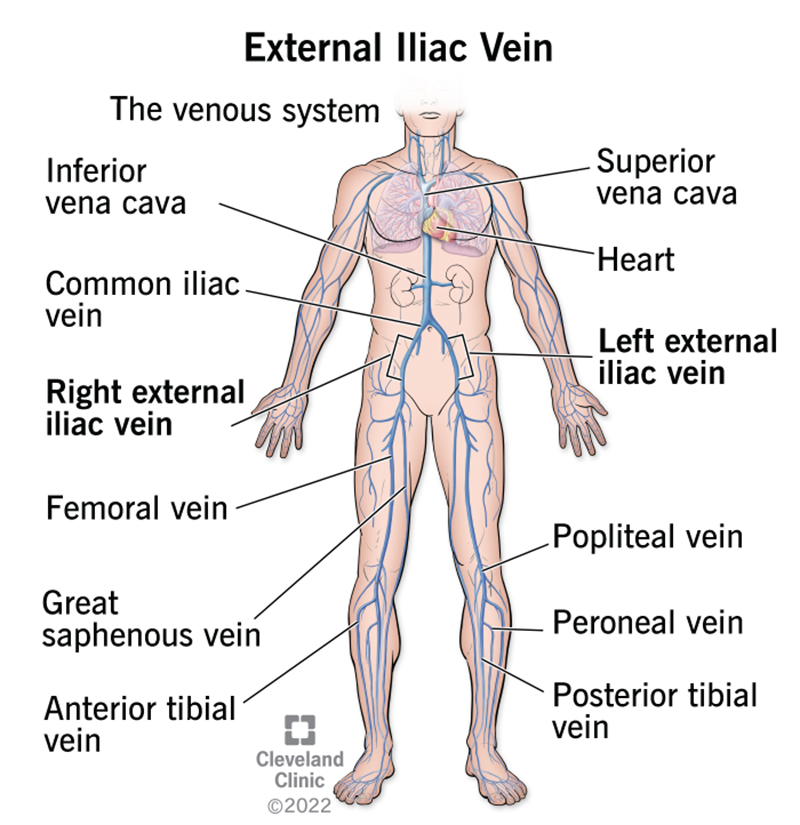

:background_color(FFFFFF):format(jpeg)/images/library/13609/V4uynjLQ3qhEYyNmIqlScA_Deep_femoral_artery_01__1_.png)




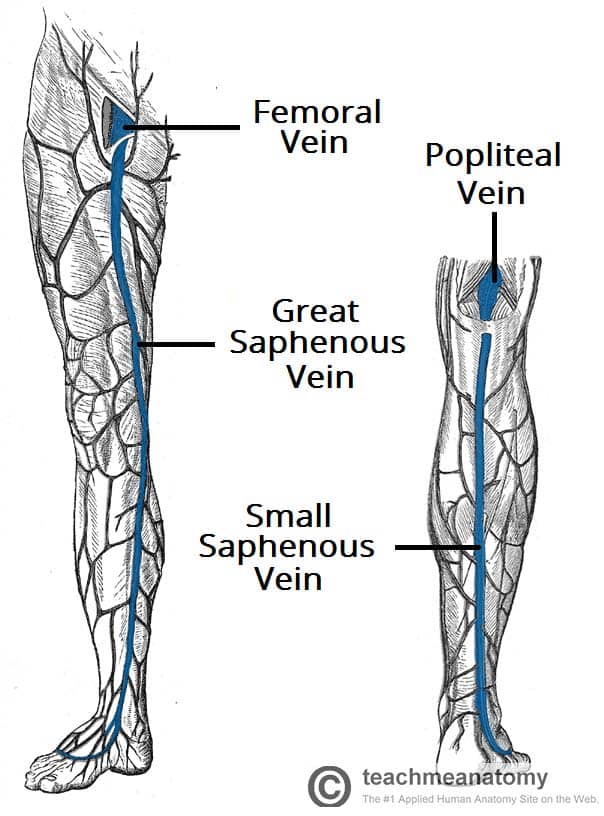
Cardiovascular disease (CVD) encompasses a range of conditions affecting the heart and blood vessels. These conditions are often characterized by dysfunction of the heart and/or blood vessels, and can lead to severe health complications.
Examples of cardiovascular diseases include:
- Atherosclerosis: Hardening and narrowing of the arteries due to plaque buildup.
- Shock: A life-threatening condition where blood flow is insufficient to meet the body's needs.
- Coronary Artery Disease: Narrowing or blockage of the coronary arteries, which reduces blood flow to the heart muscle.
- Endocarditis: Infection of the heart's inner lining, usually involving the heart valves.
- Heart Valve Disease: Malfunction of one or more heart valves, affecting blood flow through the heart.
- Diseases of the Aorta: Conditions affecting the major artery that carries blood from the heart to the rest of the body.
- Arrhythmia: Irregular heartbeat, which can be too fast, too slow, or erratic.
- Disorders of the Peripheral Vascular System: Conditions affecting blood vessels outside the heart and brain.
- Heart Failure: The heart's inability to pump blood effectively.
- Hypertension: High blood pressure, a risk factor for many other cardiovascular diseases.
- Congenital Heart Disease: Structural heart defects present from birth.
- Cerebrovascular Disease: Conditions affecting blood flow to the brain, such as stroke.
- Deep Vein Thrombosis: A blood clot in a deep vein, usually in the legs.
- Rheumatic Heart Disease: Damage to the heart valves caused by rheumatic fever.
- Pulmonary Embolism: A blockage in one of the lung's pulmonary arteries, typically caused by a blood clot that has traveled from the legs.


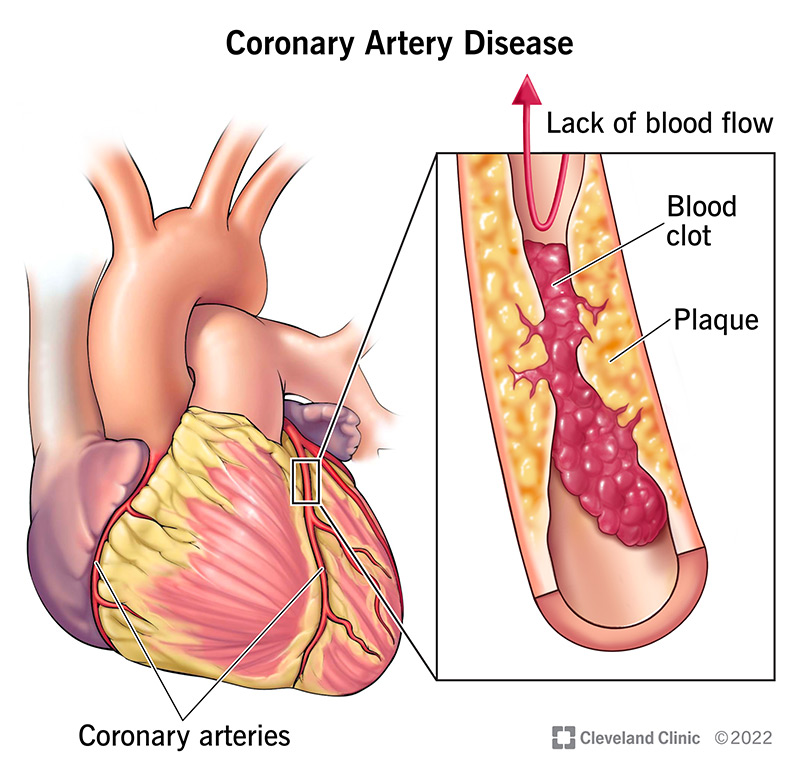
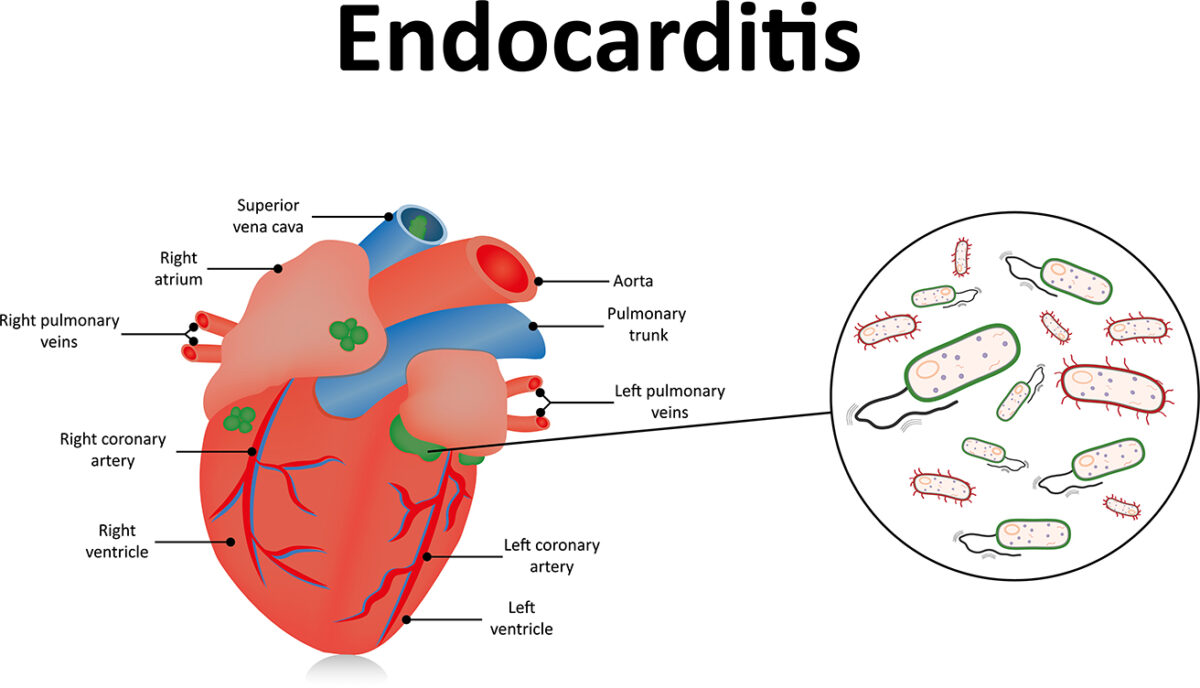
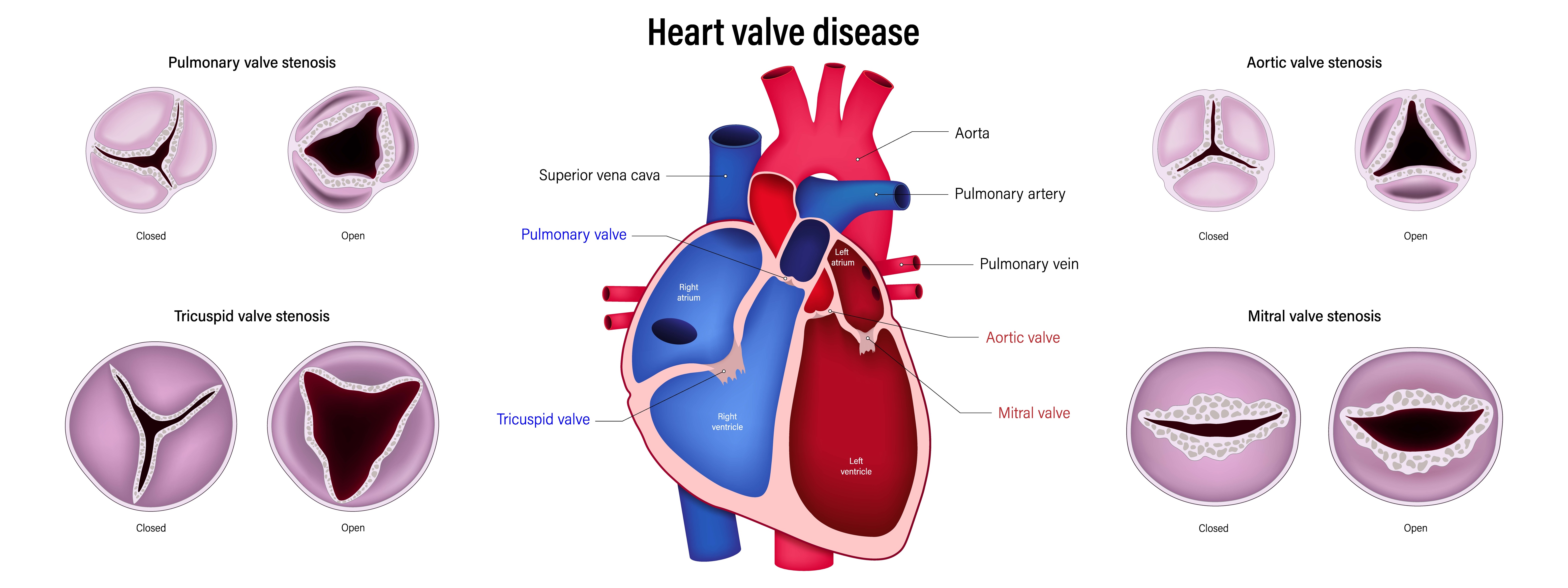

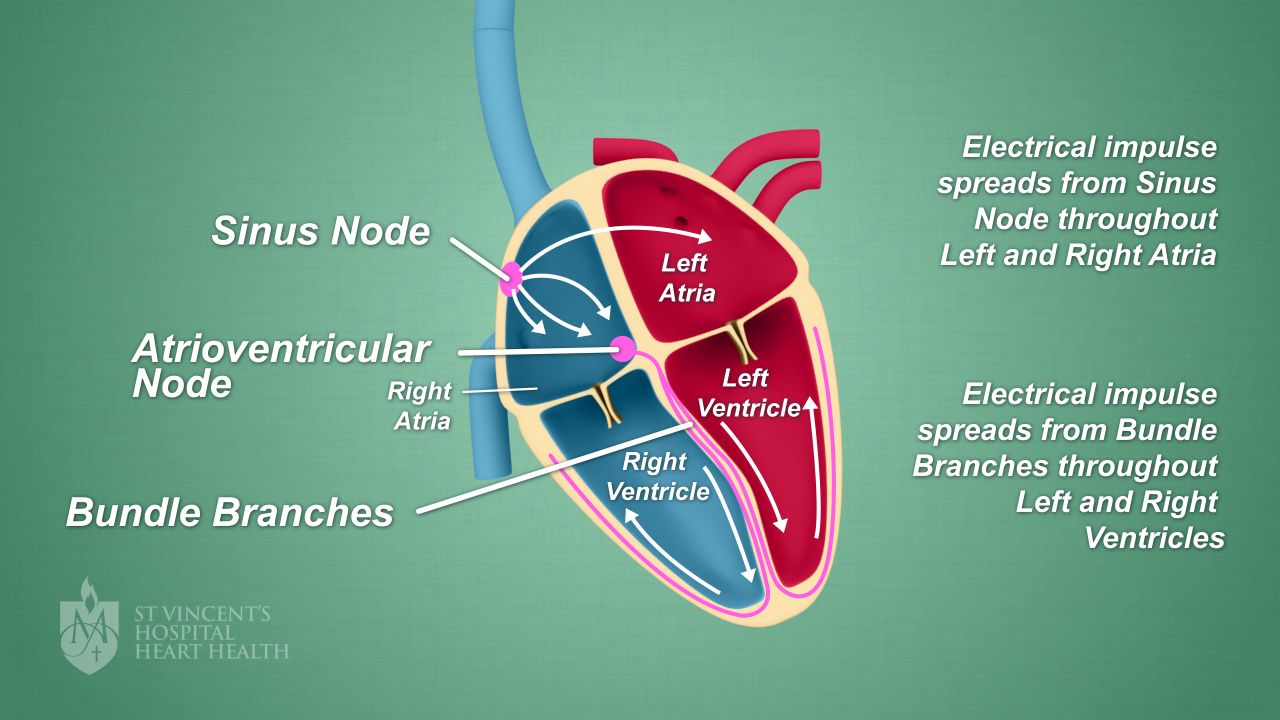
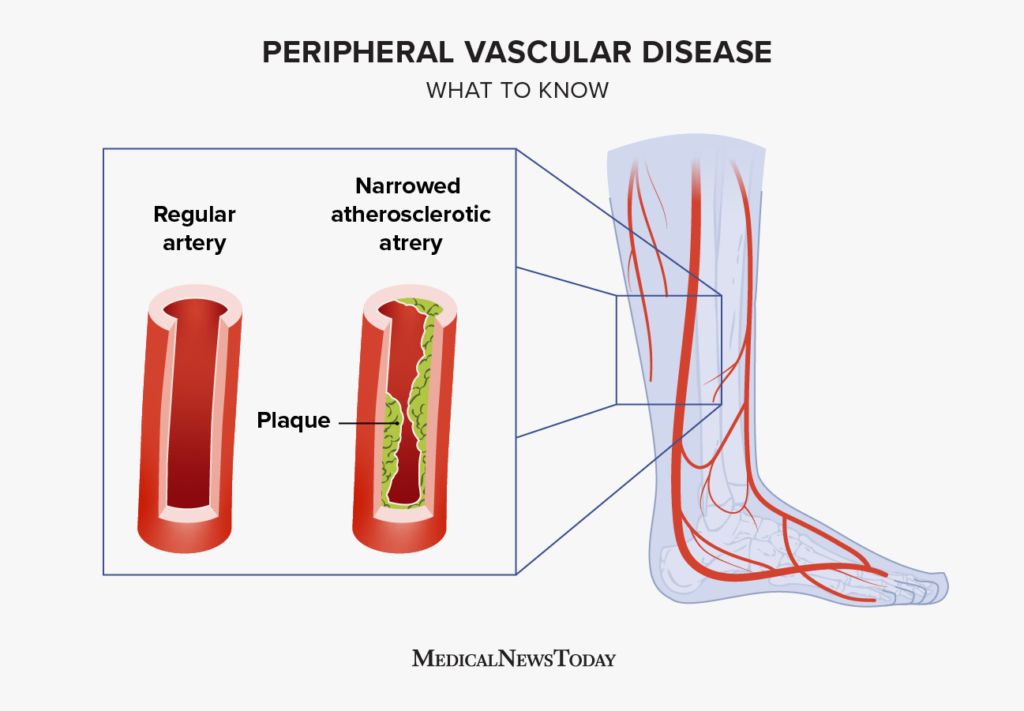




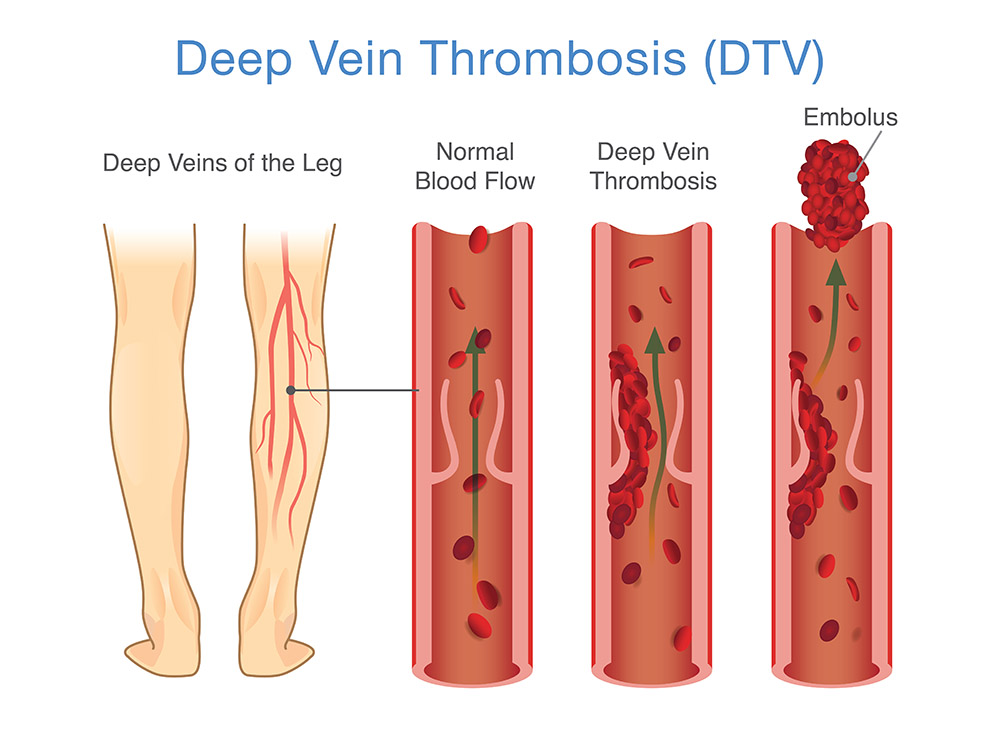
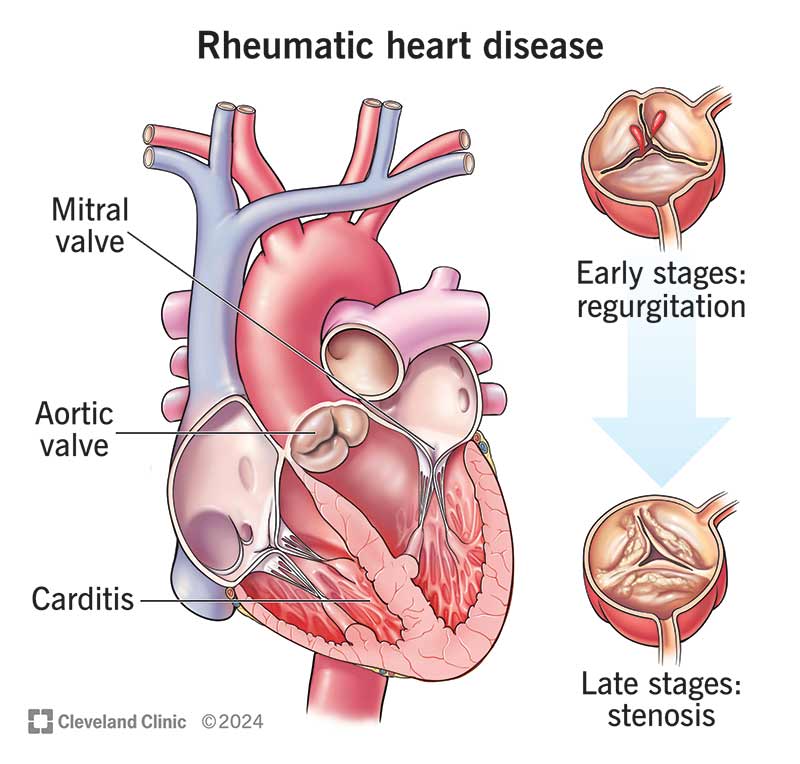

Understanding the circulatory system and its associated diseases is crucial for diagnosing, treating, and managing cardiovascular conditions.